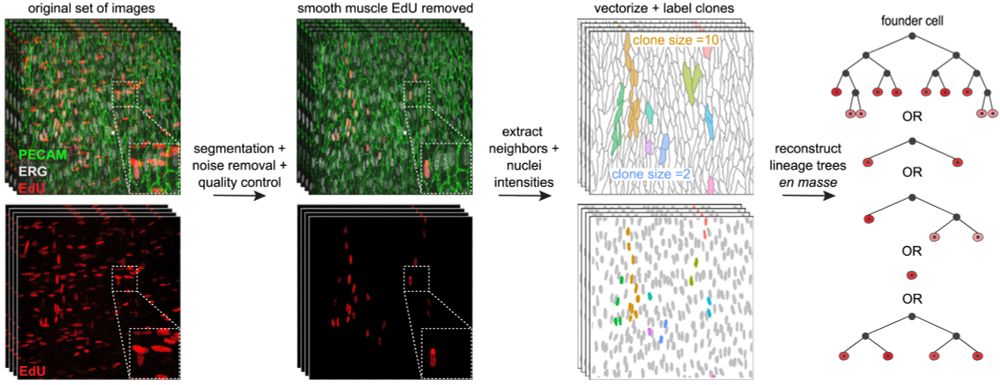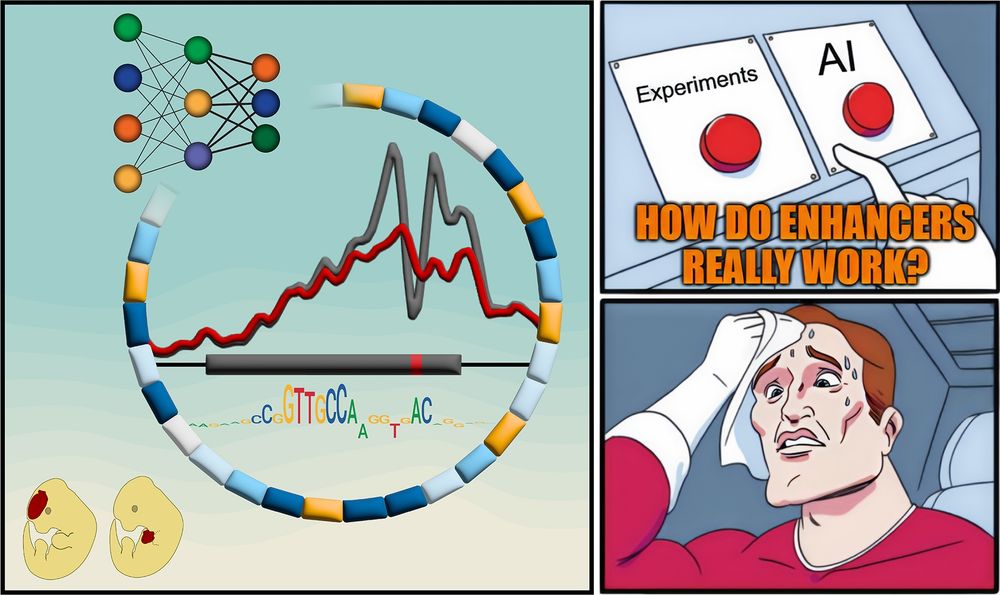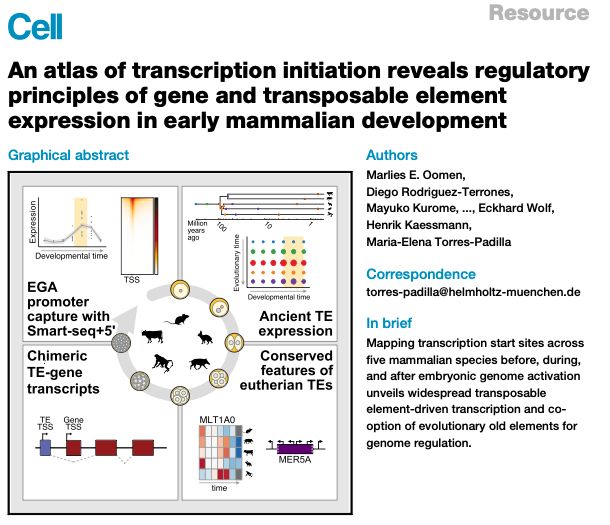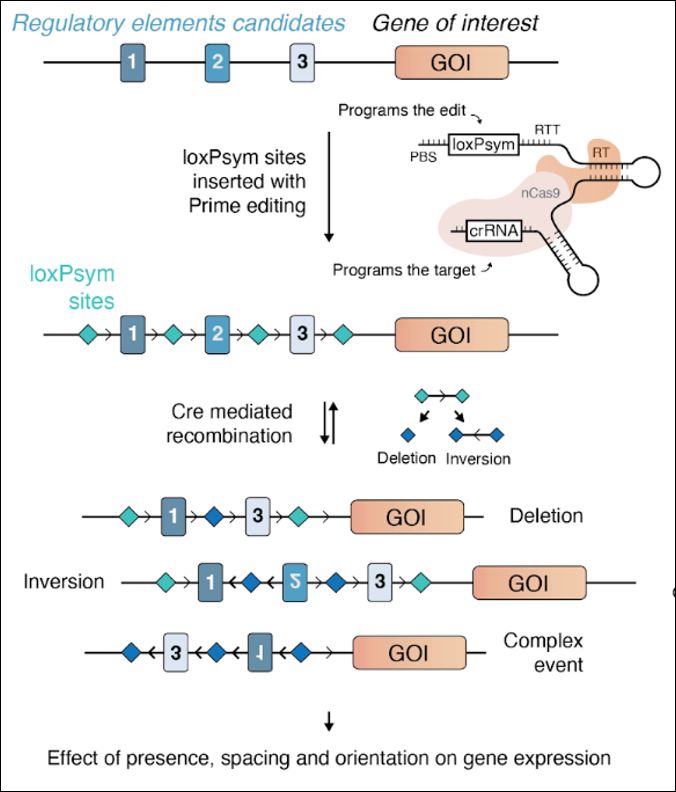Admiring how every cell does what it does to thrive despite the randomness while my day gets topsy turvy with just one missing hairband. she/her

www.biorxiv.org/content/10.1...

www.biorxiv.org/content/10.1...
Menstruation is understudied due to societal taboos + a biological challenge: mice (a key system for research + drug discovery) don’t menstruate.
@cagricevrim.bsky.social made menstruating mice + used them to discover early events in menstruation.
He is on the job market!
@karalmckinley.bsky.social
We built the first transgenic model of menstruation in mice.
We used it to uncover how the endometrium organizes and sheds during menstruation. 🧪
www.biorxiv.org/content/10.1...
🧵

Menstruation is understudied due to societal taboos + a biological challenge: mice (a key system for research + drug discovery) don’t menstruate.
@cagricevrim.bsky.social made menstruating mice + used them to discover early events in menstruation.
He is on the job market!




www.cell.com/cell-systems...

www.cell.com/cell-systems...
shorturl.at/2LHbw

shorturl.at/2LHbw
Thanks to Boyang (ex-PD) and Vivian (staff scientist) from my lab who helped train & interpret ChromBPNet models.
But how do they REALLY work?
New paper with many contributors here @berkeleylab.lbl.gov, @anshulkundaje.bsky.social, @anusri.bsky.social
A 🧵 (1/n)
Free access link: rdcu.be/erD22

Thanks to Boyang (ex-PD) and Vivian (staff scientist) from my lab who helped train & interpret ChromBPNet models.
www.biorxiv.org/content/10.1...
🧵 below

www.biorxiv.org/content/10.1...
🧵 below
www.biorxiv.org/content/10.1...
Check out the 🧵 from first author Dennis Huang:
www.biorxiv.org/content/10.1...
Check out the 🧵 from first author Dennis Huang:
Predictable Engineering of Signal-Dependent Cis-Regulatory Elements
www.biorxiv.org/content/10.1...
1/11

Predictable Engineering of Signal-Dependent Cis-Regulatory Elements
www.biorxiv.org/content/10.1...
1/11
Lots of interesting new TE (& genes) biology
Data fully browsable💻 👉 embryo.helmholtz-munich.de/shiny_embryo/

Lots of interesting new TE (& genes) biology
Data fully browsable💻 👉 embryo.helmholtz-munich.de/shiny_embryo/

www.biorxiv.org/content/10.1...

www.biorxiv.org/content/10.1...
www.biorxiv.org/content/10.1...

www.biorxiv.org/content/10.1...
www.biorxiv.org/content/10.1...

www.biorxiv.org/content/10.1...
#Chromatin #CellFate #Review
genomebiology.biomedcentral.com/articles/10....

#Chromatin #CellFate #Review
genomebiology.biomedcentral.com/articles/10....
www.scientificamerican.com/article/the-...

www.scientificamerican.com/article/the-...

A 🧵 on the perils of ignoring logic in ODE models of gene regulatory networks (GRNs)
🌟 also read on if you like: EMT, bifurcations, multistability, or Waddington-esque landscapes
www.biorxiv.org/content/10.1...

A 🧵 on the perils of ignoring logic in ODE models of gene regulatory networks (GRNs)
🌟 also read on if you like: EMT, bifurcations, multistability, or Waddington-esque landscapes
www.biorxiv.org/content/10.1...

